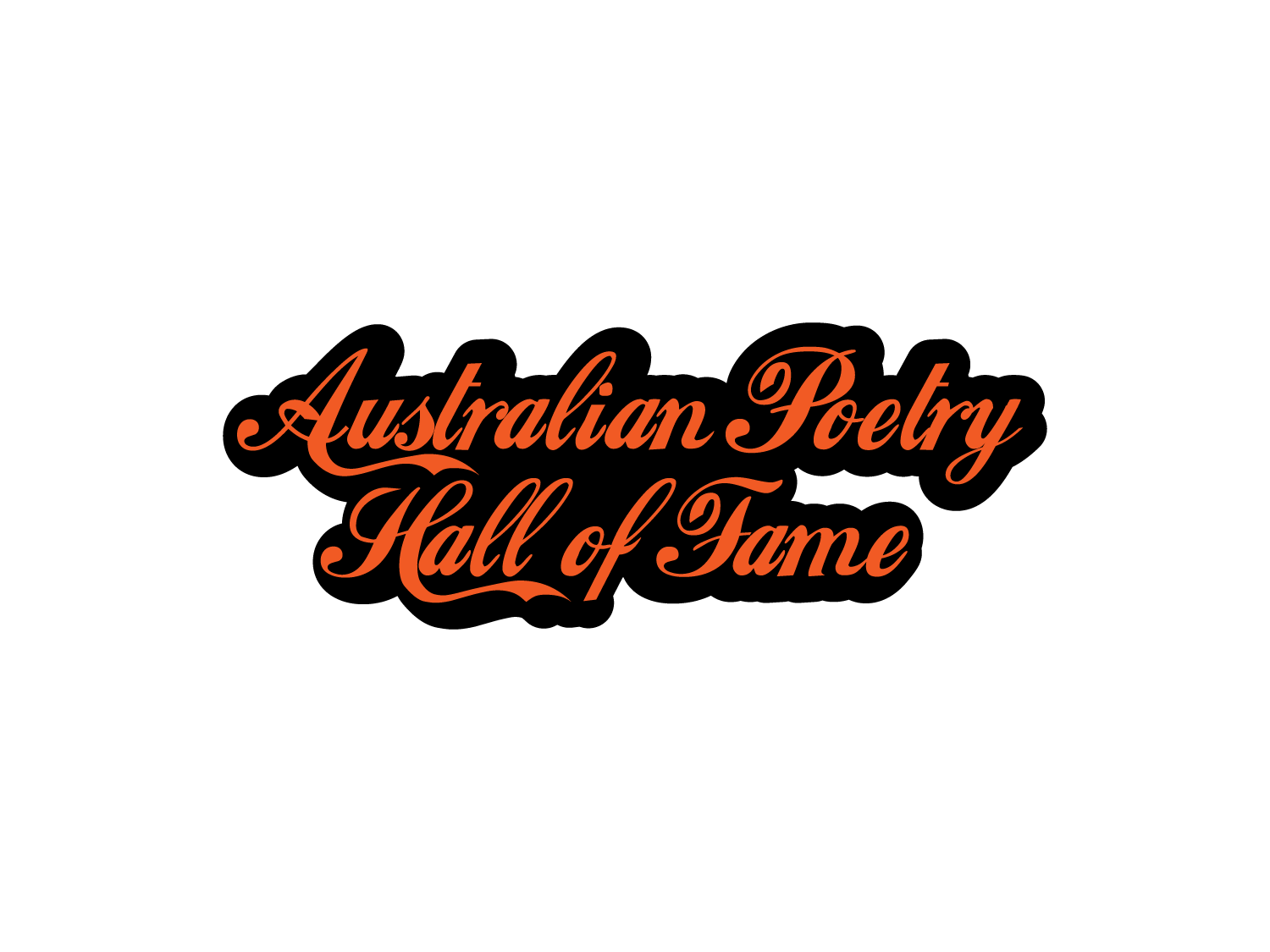History and Development of Surrealism Poetry
I wanted to know about the surrealism poetry movement so I decided to try out the ChatGPT app which is an AI program that you can ask questions and it generates responses. So I asked the following question “Write a 1500 word essay on the history and development of Surrealism Poetry and the following is what was generated. I had to add a few words to the end because it stops right on the exact number of words that I asked. I think it did a pretty good job for an introduction to Surrealism Poetry.
Surrealism is a literary and artistic movement that emerged in the early 20th century, characterised by the use of unexpected and illogical imagery and symbolism. Surrealist poetry, in particular, is known for its exploration of the subconscious mind and its use of dreamlike and surreal imagery to express the innermost thoughts and emotions of the poet.
The origins of surrealism can be traced back to the early 1900s, when a group of writers and artists began to experiment with new forms of expression that would challenge the traditional conventions of art and literature. One of the key figures in the early development of surrealism was the French writer André Breton, who published the first Surrealist Manifesto in 1924. The manifesto called for a complete break with the past and the rejection of traditional forms of representation, arguing that the only way to truly express the innermost thoughts and emotions of the artist was through the use of irrational and unexpected imagery.
Surrealist poetry, like the other forms of Surrealism, was heavily influenced by the theories of Sigmund Freud and Carl Jung. Both Freud and Jung believed that the human mind was divided into the conscious and the subconscious, and that the subconscious was the source of our deepest thoughts and emotions. The Surrealists believed that the only way to truly express the subconscious mind was through the use of dreamlike and irrational imagery. This is evident in the poetry of Surrealist poets such as André Breton, Paul Éluard, and Louis Aragon, who used symbolism and metaphor to express the hidden meanings and emotions of the subconscious mind.
One of the most notable and influential Surrealist poets was André Breton, who was also a leading figure in the Surrealist movement. Breton's poetry is known for its use of unexpected and illogical imagery, often drawing on the themes of dreams and the subconscious mind. His poem "The Beautiful Voyage" is a good example of this, in which he describes a journey through a dreamlike landscape filled with strange and surreal imagery:
"In the morning, I set sail
For the great unknown
With nothing but a sense of wonder
To guide me through the voyage
Through forests of crystal
And rivers of fire
I sailed on, never looking back
Until I reached the end of the world
And discovered that it was only the beginning."
Another important Surrealist poet was Paul Éluard, who was known for his use of metaphor and symbolism to express the hidden emotions and thoughts of the subconscious mind. His poem "The Love Song" is a good example of this, in which he uses imagery of a rose to symbolize the beauty and fragility of love:
"A rose is a rose
A love is a love
But the rose is not always
The love that we think of
It is a fragile thing
That can be easily broken
But it is also a thing of beauty
That can never be taken away."
Louis Aragon was also a prominent surrealist poet, who used symbolism and metaphor to explore the themes of love, beauty and politics. His poem "The Red Front" is a good example of this, in which he uses imagery of a red front to symbolize the struggle for political freedom and social justice:
"The Red Front is the symbol of our struggle
For freedom and equality
It is the sign of our determination
To break the chains of oppression
And build a new world
A world of justice and equality
A world where the red front will shine
As a beacon of hope for all."
The Surrealist movement had a profound impact on poetry and the other arts, and its influence can still be seen in the work of many modern poets.

